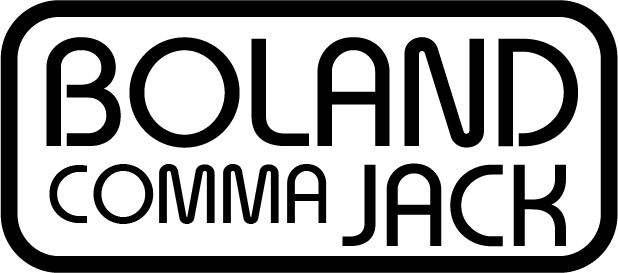Process
Over the past 5+ years as a product design consultant, I have developed my process and have confidence in my approach to solving problems and bringing ideas into reality. Inspired by my exposure to design thinking during my engineering development and my immersion in a human centered design focused environment, I have grown into a empathetic designer and engineer.
During the nitty gritty of a project, I always try to remind myself to find comfort in the tension that grows between disciplines during a project; the values of a mechanical engineer, industrial designer and electrical engineer inherently conflict with each other. But a truly great product can only be achieved by massaging each constraint just the right amount to create the perfectly delightful, and functional, product.
I have viewed my development over the past couple years as an evolution into becoming a full-stack product development engineer, with my fingers across the spectrum, allowing me to seamlessly bridge and collaborate across disciplines. From sketching to mechanism design to electric prototypes and mobile app development to full manufacturing injection molding design, the diversity in my skill set allows me to understand and empathize with each element of the product and build a cohesive, holistic product.
My strengths lie in my hands-on, maker mentality, that allow me to quickly take concepts from nothing to something physically in your hands to learn from, and the diversity of my experience, that helps me connect the dots between disparate ideas which can yield innovation new possibilities.
To highlight this process, I have included three examples below that demonstrate the efficacy of this hands-on, full-stack product designer approach.
Laparoscopic Lens Fogging
During a medical device project a couple years ago, we had been trying to determine how to solve the issue of endoscope fogging when it enters the body. The plan was to qualitatively assess various treatments using images taken when they entered a test chamber.
But it seemed crazy to me that we couldn’t solve this problem quantitatively, so I stayed late that night, stole a coworkers webcam from their desk and built an enclosure to attach it to the scope. A couple lines of code later, and we had a proof of principle test demonstrating that we could assess “foggocity” (made up word) quantitatively.
After a couple months of rigorous testing, this data allowed us to clearly see the efficacy of each treatment and use it to confidently make design decisions.
More information on this project can be found here.
Blood Flow via Optical Mouse
While assessing various ways for a measure the flow of blood for a medical device, the right collision of ideas hit for an innovative opportunity. Considering the biologic nature of blood and our sensitivity to clogging, we were trying to identify flow meters that didn’t interrupt the flow path.
Ultrasonic sensors are great for this, but either too expensive or not high enough resolution. After thinking about this problem for awhile, it dawned on me that the optical sensor found in computer mice, offered an potentially high resolution, low cost option.
Within a couple hours, I had a prototype of a computer mouse based flow sensor operational. Though the testing proved that the sensor was likely going to struggle with the homogenous color of blood flow, the real value was in being able to gain this knowledge quickly and with minimal investment.
More information on this project can be found here.
Sonographer Human Factors Test
As a result of Obamacare, there were large incentives for hospitals to reduce infections in their hospitals. With this in mind, our client was interested in exploring in making the interfaces that sonographers use touchscreen, but were concerned about the ergonomics of the long days in a more challenging position.
During our human factors testing, it became apparent that there was certainly extra burden on the upright, tough screens, but an opportunity to break off some of the more frequented keys onto a touch pad. By the next day, I was able to integrate a touchpad into the testing program I had written by utilizing an auxiliary smart phone that communicated with the main application via Bluetooth. This allowed the sonographers the ability to keep their wrists straight for large portions of their work and only use the touch screen on occasion.
More information on this project can be found here.



